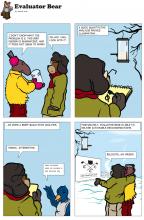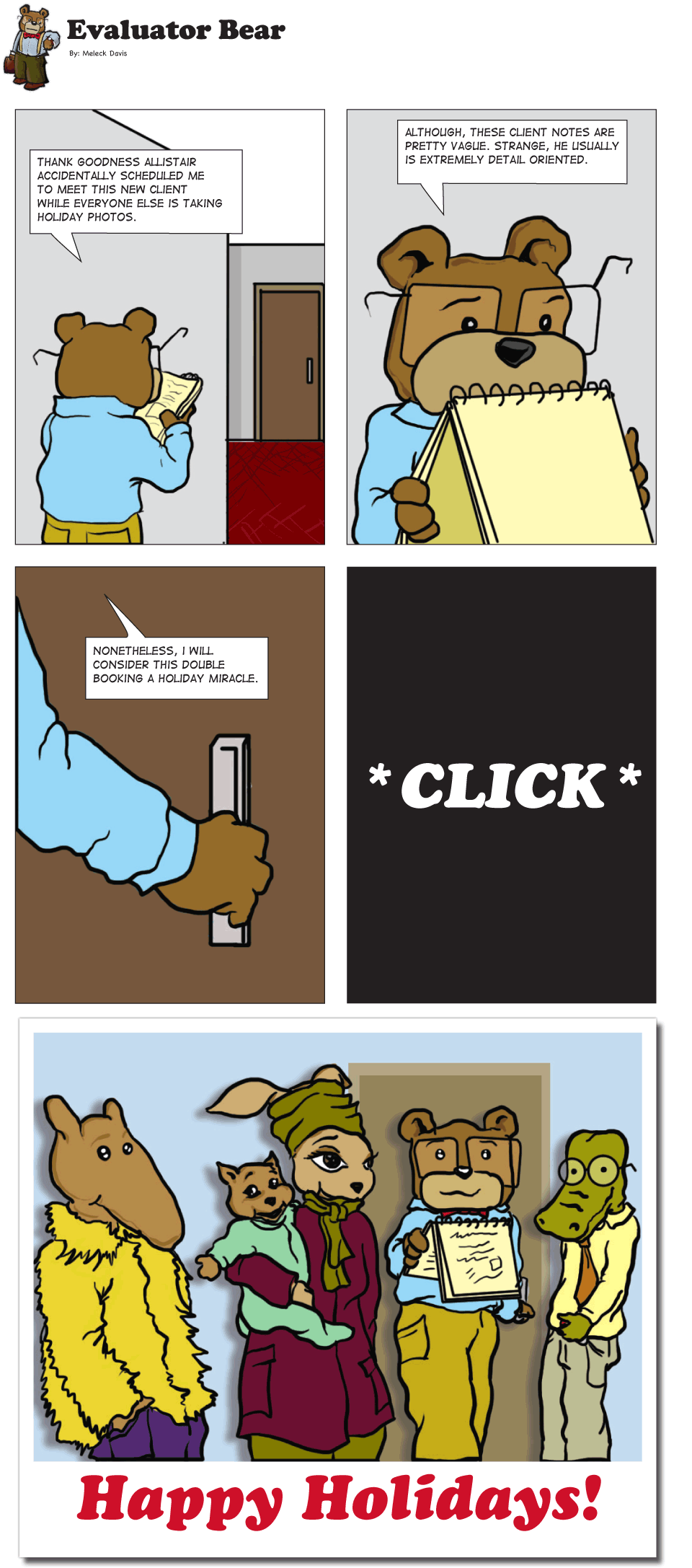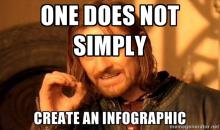 At the annual American Evaluation Association conference last year, I went to a compelling panel session that focused on how using both quantitative and qualitative data together is a powerful combination that helps evaluators capture both intended and unintended consequences of a program or project.
At the annual American Evaluation Association conference last year, I went to a compelling panel session that focused on how using both quantitative and qualitative data together is a powerful combination that helps evaluators capture both intended and unintended consequences of a program or project.
 Several recent articles, listserv discussions, and American Evaluation Association conference sessions have explored where evaluation fits in complex systems.
Several recent articles, listserv discussions, and American Evaluation Association conference sessions have explored where evaluation fits in complex systems.
 Prior to joining the Improve Group as a Research Assistant in January 2013, I had a rather interesting employment history that provided me with a diverse set of experiences. Without a doubt, the most remarkable position I held was as a Process Service Coordinator at a private detective agency.
Prior to joining the Improve Group as a Research Assistant in January 2013, I had a rather interesting employment history that provided me with a diverse set of experiences. Without a doubt, the most remarkable position I held was as a Process Service Coordinator at a private detective agency.
 In 2013, the Improve Group conducted focus groups as part of many projects. Two of these projects include: the Minnesota DHS Community Services Input project and the Region 4 Mental Health Services Needs Assessment.
In 2013, the Improve Group conducted focus groups as part of many projects. Two of these projects include: the Minnesota DHS Community Services Input project and the Region 4 Mental Health Services Needs Assessment.
 You can draw stronger conclusions from your survey data when you have a high response rate. Incentives can increase the likelihood that people participate, and acknowledges that their time is valuable to the research. Traditionally, these incentives come in the form of gift cards, food, money, etc. A newer trend in incentives is to “pay it forward” through a gift in kind.
You can draw stronger conclusions from your survey data when you have a high response rate. Incentives can increase the likelihood that people participate, and acknowledges that their time is valuable to the research. Traditionally, these incentives come in the form of gift cards, food, money, etc. A newer trend in incentives is to “pay it forward” through a gift in kind.
 Entire online communities have been established in order to share the scope and beauty of infographics and other forms of data visualization. These fun, illustrative representations, seen in magazines, newspapers, websites and advertisements have also found their way into the world of evaluation reporting.
Entire online communities have been established in order to share the scope and beauty of infographics and other forms of data visualization. These fun, illustrative representations, seen in magazines, newspapers, websites and advertisements have also found their way into the world of evaluation reporting.
When evaluating youth participants, gaining consent from a parent or guardian is required. Researchers and evaluators should make sure that participants are not burdened by a complicated response process while still ensuring that important data won’t fall into holes along the way. Here at the Improve Group, we maximize both the quality of our work and our relationships to help clients make the most of information and ensure investments of time and money lead to meaningful, sustained impact.
 Hello! We are Stacy Johnson and Cami Connell from the Improve Group. At Evaluation 2013, we had the opportunity to present on our experiences using a unique mixed methods approach to collecting data.
Hello! We are Stacy Johnson and Cami Connell from the Improve Group. At Evaluation 2013, we had the opportunity to present on our experiences using a unique mixed methods approach to collecting data.












